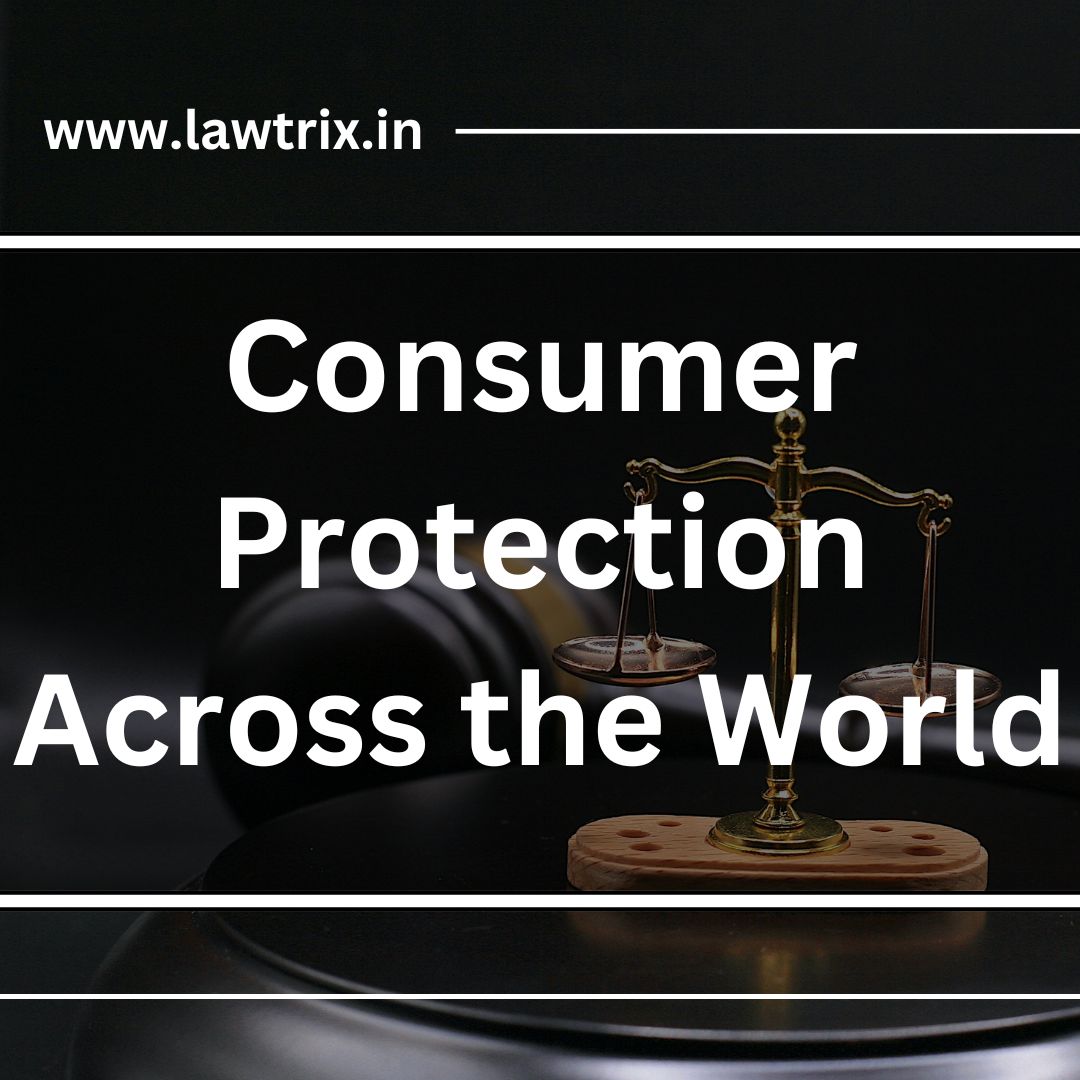


Consumer Protection Across the World
Consumer protection is a global priority aimed at safeguarding the rights
and interests of consumers against exploitation, unfair practices, and
defective goods or services. While specific laws and frameworks vary by
country, the core principles—ensuring fairness, transparency, and
accountability—remain universal. The evolution of consumer protection is driven
by the need for a balance between businesses and consumers in a globalized,
digital economy.
Key Elements of Consumer Protection Worldwide
1. Right to Safety: Ensuring goods and services are safe
for use and free from hazardous defects.
2. Right to Information: Mandating transparency regarding
product features, terms, and pricing.
3. Right to Choice: Protecting consumers from
monopolistic practices and ensuring competitive markets.
4. Right to Redress: Offering mechanisms for complaints,
compensation, or corrective actions.
5. Right to Education: Promoting awareness of consumer
rights and responsibilities.
Global Legal Frameworks and Practices
1. United States:
o Federal Trade Commission (FTC): Enforces laws against deceptive
advertising, fraud, and anti-competitive practices.
o Consumer protection laws like the Magnuson-Moss
Warranty Act and Consumer Product Safety Act.
o Class action lawsuits allow consumers
to collectively seek redress.
2. European Union:
o EU Consumer Rights Directive: Harmonizes rules on contracts,
returns, and refunds across member states.
o General Data Protection Regulation (GDPR):
Ensures data privacy for consumers in the digital space.
o The European Consumer Centres
Network (ECC-Net): Assists cross-border consumers in disputes.
3. India:
o Consumer Protection Act, 2019: Provides a robust framework for
resolving disputes, product liability, and e-commerce regulations.
o Establishment of Consumer Disputes
Redressal Commissions at district, state, and national levels.
4. United Kingdom:
o Consumer Rights Act, 2015: Covers rights related to goods,
services, and digital content.
o Trading Standards Authorities: Enforce laws against unfair trade
practices.
5. Australia:
o Australian Consumer Law (ACL): Ensures rights to refunds,
guarantees, and accurate product information.
o Managed by the Australian
Competition and Consumer Commission (ACCC).
6. China:
o Consumer Protection Law (2013): Strengthened regulations on product
quality and false advertising.
o Focus on online consumer protection
due to the growth of e-commerce.
7. Canada:
o Provincial laws like the Ontario
Consumer Protection Act.
o Federal agencies like the Competition
Bureau regulate advertising and competition.
8. South Africa:
o Consumer Protection Act, 2008: Guarantees fair practices, clear
labeling, and the right to cancel agreements.
9. Japan:
o Consumer Affairs Agency: Oversees laws on product safety,
labeling, and protection against fraudulent schemes.
10. International Standards:
o United Nations Guidelines for
Consumer Protection (UNGCP): Offers a global framework for consumer policies.
o ISO Standards (e.g., ISO 10002): Focus on complaint handling and
customer satisfaction.
Emerging Trends in Consumer Protection
1. Digital Consumer Protection:
o Addressing issues like data privacy,
online scams, and e-commerce fraud.
2. Sustainability and Ethical Practices:
o Emphasizing eco-friendly products and
fair labor practices.
3. Cross-Border Dispute Resolution:
o Enhancing international frameworks
for resolving consumer disputes in a global marketplace.
4. AI and Automation:
o Protecting consumers against biases
or errors in AI-driven systems.
Conclusion
Consumer protection is an evolving field, shaped by advancements in
technology, globalization, and changing consumer behavior. While the approaches
differ, the goal remains consistent: to empower consumers, ensure justice, and
promote fairness in the marketplace. By fostering collaboration between nations
and adhering to international standards, the global community can create a
safer and more equitable environment for consumers.